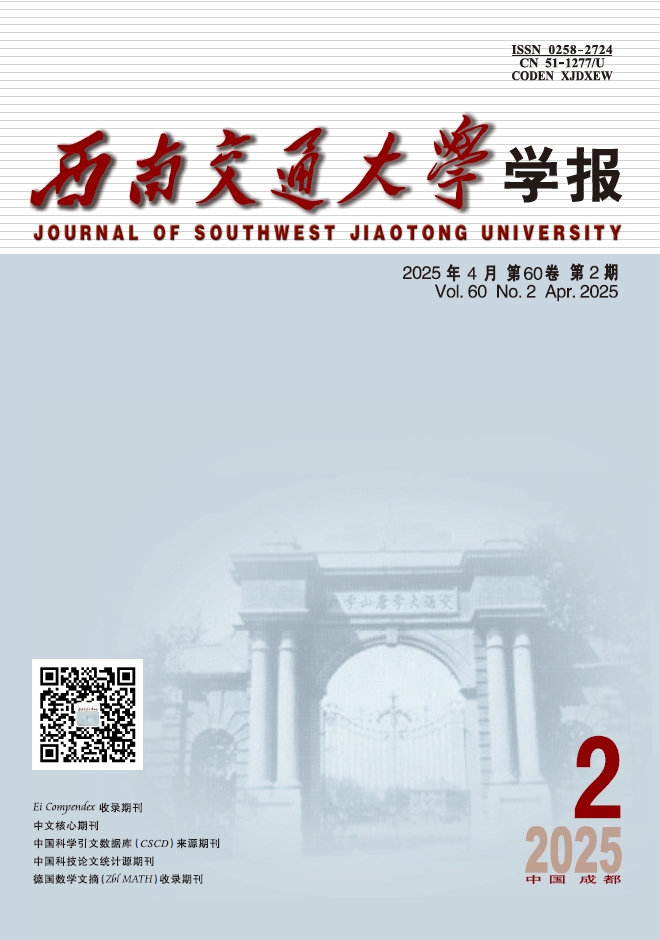2000 Vol. 13, No. 5
Display Method:
2000, 13(5): 451-456.
Abstract:
2000, 13(5): 457-459.
Abstract:
2000, 13(5): 460-464.
Abstract:
2000, 13(5): 465-470.
Abstract:
2000, 13(5): 471-474.
Abstract:
2000, 13(5): 475-479.
Abstract:
2000, 13(5): 480-483.
Abstract:
2000, 13(5): 484-487.
Abstract:
2000, 13(5): 488-491.
Abstract:
2000, 13(5): 492-495.
Abstract:
2000, 13(5): 496-500.
Abstract:
2000, 13(5): 501-504.
Abstract:
2000, 13(5): 505-508.
Abstract:
2000, 13(5): 509-512.
Abstract:
2000, 13(5): 513-516.
Abstract:
2000, 13(5): 517-521.
Abstract:
2000, 13(5): 522-525.
Abstract:
2000, 13(5): 526-530.
Abstract:
2000, 13(5): 531-534.
Abstract:
2000, 13(5): 535-538.
Abstract:
2000, 13(5): 539-542.
Abstract:
2000, 13(5): 543-545.
Abstract:
2000, 13(5): 546-550.
Abstract:
2000, 13(5): 551-554.
Abstract:
2000, 13(5): 555-558.
Abstract:
2000, 13(5): 559-563.
Abstract:
2000, 13(5): 564-568.
Abstract:




 Advance Search
Advance Search
 Email alert
Email alert RSS
RSS [Abstract]
[Abstract] Supplements
Supplements [Cited By]
[Cited By]